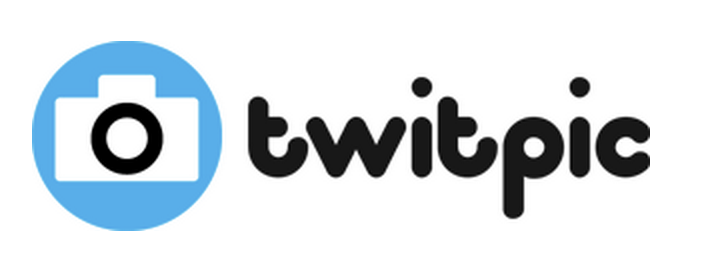Hours Before Going Dark, Twitpic Acquired By Twitter – The Company Responsible For Its Demise
 Twitpic users who feared their photos would soon be a casualty of the Internet blackhole received some slightly good news over the weekend: Twitter, which had a heavy hand in the demise of Twitpic, acquired the company, allowing photos stored on the site to live on.
Twitpic users who feared their photos would soon be a casualty of the Internet blackhole received some slightly good news over the weekend: Twitter, which had a heavy hand in the demise of Twitpic, acquired the company, allowing photos stored on the site to live on.
Tech Times reports that Twitpic officials announced the last-minute reprieve in a blog post just hours before the site was set to go dark.
Noah Everett, CEO of Twitpic, says in the post that the two companies reached an agreement in which Twitter would receive the Twipic domain and photo archive.
“Twitter shares our goal of protecting our users and this data,” Everett wrote. “Also, since Twitpic’s user base consists of Twitter users, it makes sense to keep this data with Twitter.”
But the news doesn’t mean that users will be able to actually use Twitpic in its previous capacity in the future.
Instead photos will be available in read-only mode, meaning users can no longer upload new content or edit existing photos. However users can continue to delete, download and export photos, or delete their Twitpic accounts.
Twitter’s decision to acquire Twitpic comes less than two months after the social media network demanded that the photo sharing site abandon its 5-year-old trademark for the Twitpic name or lose access to the Twitter API, taking away a good chunk of Twitpic’s reason for existing in the first place.
At the time, officials with the smaller site said they didn’t have the resources to maintain a drawn-out legal fight over its name and opted to shut down operations.
When Twitpic began in 2008, it was one of the few services that allowed photos to be shared on Twitter. But over time, Twitter developed its own platform allowing users to upload photos directly to their feeds.
Twitpic is dead but it’s domain and photo archive will live on, thanks to Twitter [Tech Times]
Want more consumer news? Visit our parent organization, Consumer Reports, for the latest on scams, recalls, and other consumer issues.

